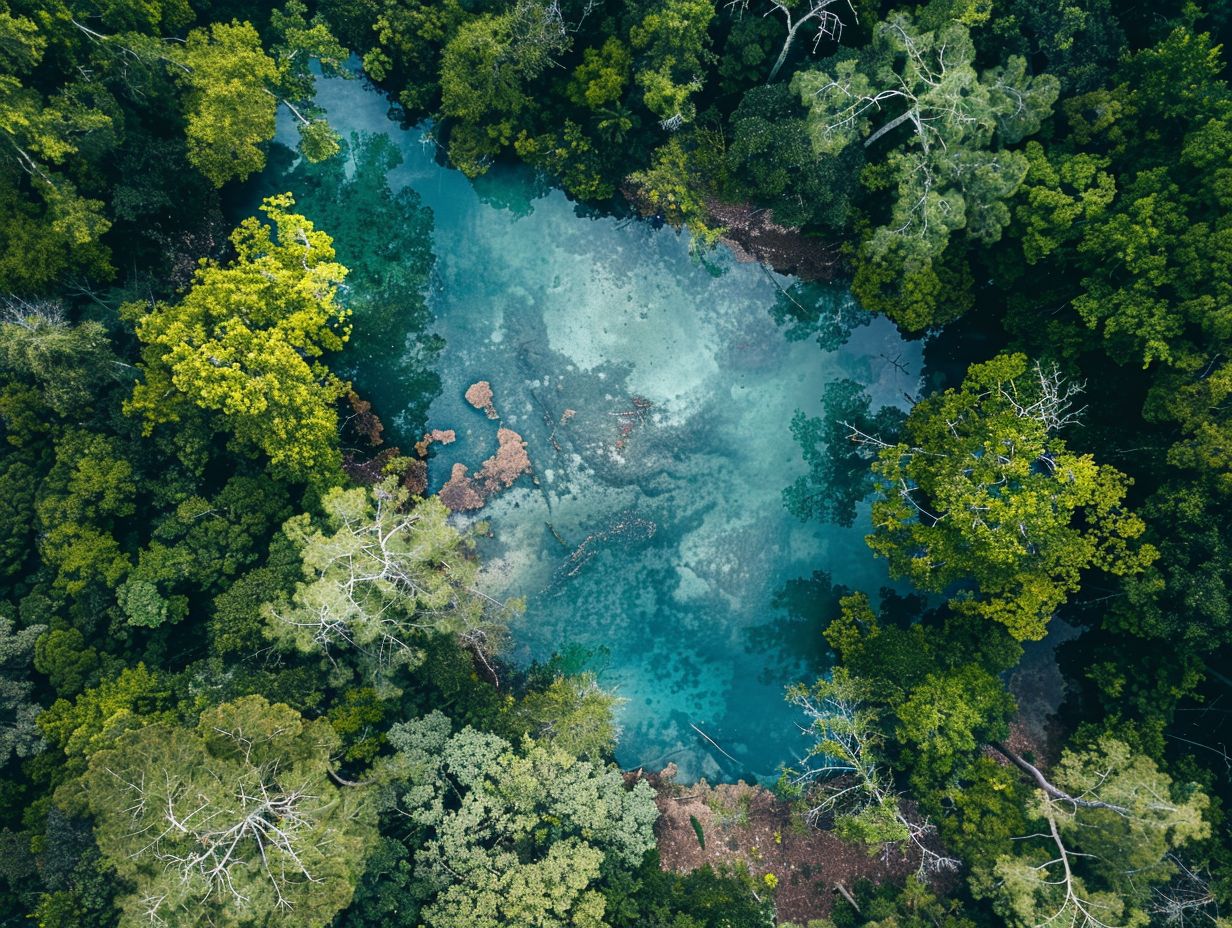Blue Spring State Park, located west of Orange City, Florida, is a state park rich in history and natural beauty. The park, which spans 2,600 acres, is home to the largest spring on the St. Johns River, Volusia Blue Spring, which pumps out approximately 102 million gallons of water daily.
The Early History of Blue Springs State Park
The spring has a long history of human use, dating back to the 18th century. Botanist John Bartram visited the spring in 1766, and in the mid-19th century, the Weismore family acquired the land and built a large plantation-style home on a shell mound near the spring. The family cultivated citrus fruit and built a small railway linking Orange City to the dock at Blue Spring.
The Thursby Family and the Transition to Tourism

However, a killing freeze in the 1890s wiped out area citrus groves, prompting the Thursby family, who had purchased the land from the Weismores, to switch to the tourist trade. During the early 20th century, Blue Spring became a popular destination for tourists seeking to enjoy its beautiful spring and excellent fishing and hunting opportunities along the St. Johns River.
The Establishment of Blue Springs State Park
In 1972, the Florida Department of Environmental Protection acquired the land to kick-start its manatee protection program. Today, Blue Spring State Park is a popular tourist destination, offering a wide range of activities, including canoeing, SCUBA diving, kayaking, fishing, camping, hiking, wildlife watching, and swimming.
The Importance of Blue Springs State Park for Manatee Conservation
The park is also home to a large population of Florida manatees, which migrate to the warmer spring water during the winter months. Researchers have been recording the life history of individual manatees at Blue Spring since 1978, making it one of the world’s longest-running and most comprehensive manatee databases in existence.
Recreational Opportunities at Blue Springs State Park
In addition to its manatee protection program, Blue Spring State Park is also home to a variety of other wildlife, including alligators, bears, raccoons, and various species of birds. The park features a 1/3-mile boardwalk, hiking trails, picnicking areas, volleyball courts, a playground, and historical displays at the old Thursby plantation house.
Visitor Information and Accessibility
Visitors can rent canoes, kayaks, or take a guided river boat cruise to explore the park and the surrounding area. The park also features a gift shop, food service, and a water-activity rental station for supplies. The park is open from 8 a.m. until sundown, 365 days a year, and there is a $6 per vehicle entrance fee.
In conclusion, Blue Spring State Park is a must-visit destination for anyone interested in Florida’s natural beauty and history. With its crystal-clear waters, abundant wildlife, and wide range of activities, the park offers something for everyone.
References:
– Florida State Parks – Blue Spring State Park History
– Wikipedia – Blue Spring State Park
– Florida State Parks – Blue Spring State Park

